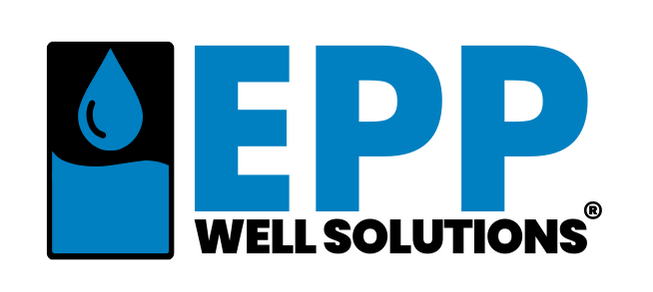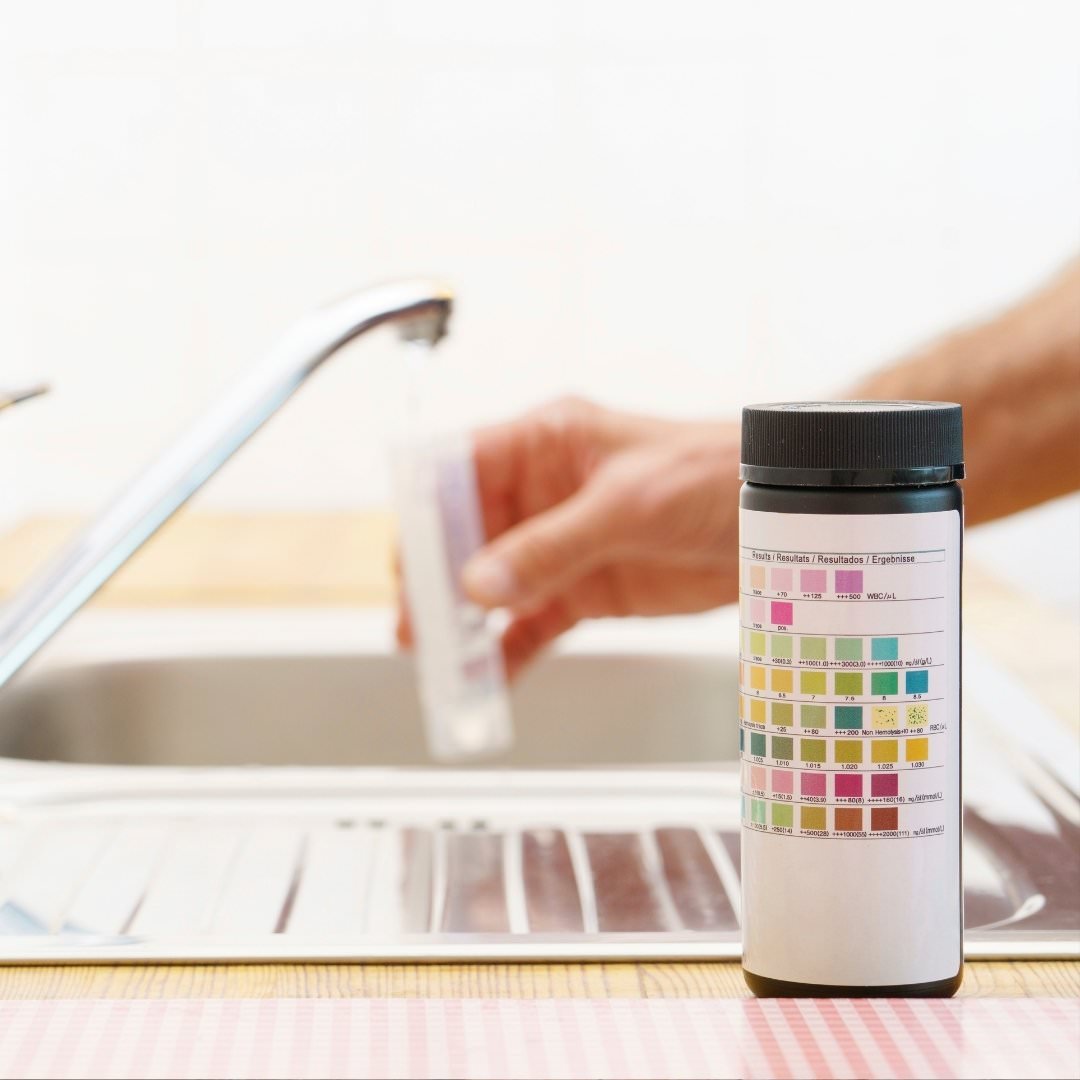How to Test Your Well's Water Quality at Home
Water quality from your well requires active monitoring—it’s not guaranteed to be safe or suitable without testing. Private wells lack the oversight of public systems, placing the burden on you to ensure the water is free from contaminants that could harm health or damage equipment. Home testing offers a starting point to detect issues like bacteria or mineral buildup, allowing you to address them promptly. While lab analysis provides comprehensive results, home tests serve as an interim check, particularly useful for wells with low yield where quality shifts might signal operational strain. This guide outlines the steps to test your well’s water quality at home, based on verified methods and standards.
Why Test Your Well Water?
Well water can absorb contaminants as it moves through soil and rock—coliform bacteria from surface leaks, nitrates from agricultural runoff, or minerals like iron from geological layers. These can compromise safety, with bacteria posing health risks and nitrates threatening infants, while hardness or iron accelerates wear on pipes and pumps. Home testing identifies these issues early, bridging the gap between recommended annual lab tests. For low-yield wells, where limited production already challenges usability, tracking quality helps prevent compounding problems that could stress the system further.
What You’ll Need
Accurate home testing relies on proper tools, available at hardware stores or online. Test strips measure pH, hardness, and nitrates by color change, while kits with reagents detect bacteria or iron through chemical reactions—some, like Safe Home, are lab-certified for reliability. You’ll need a clean, sterile container, ideally provided by the kit, to collect the sample; reused bottles risk contamination. A timer ensures precise reaction times, and gloves prevent interference from your hands. Costs range from $10 for basic strips to $50 for detailed kits. Choose based on likely issues—bacteria near livestock, hardness if scaling’s evident—but note that kit quality varies, so opt for reputable brands.
Collecting a Proper Sample
Sample accuracy hinges on correct collection. Use the tap nearest the wellhead, bypassing filters or softeners that alter results, or the wellhead itself if accessible. Run the water for 5-10 minutes to flush stagnant water from pipes—5 minutes often suffices, but 10 ensures a fresh draw, per standard practice. Collect in a sterile container provided by the kit, or rinse a clean one with well water if instructed. Fill without touching the interior, cap it, and test within the kit’s specified timeframe—often an hour for chemical tests, though bacteria may require incubation. Mishandling or delays distort results, so follow kit directions precisely.
Running the Tests
Each test demands adherence to its protocol. For strips, dip them into the sample for the indicated time—seconds usually—then compare the color to the chart: blue for pH, red for nitrates. Reagent kits require adding drops to the sample, waiting for a reaction—cloudiness for bacteria after 24-48 hours, a tint for iron—then matching results. Timing is critical; too short or too long skews readings, and bacteria tests often need incubation per kit instructions. Record the values—pH should be 6.5-8.5, nitrates below 10 mg/L, hardness ideally under 60 mg/L for soft water. Precision here ensures the data’s usable.
Understanding the Results
Results need context against established standards. A pH of 6.5-8.5 is safe per EPA guidelines; below corrodes pipes, above deposits scale. Hardness under 60 mg/L is soft, 61-120 mg/L moderately hard, per USGS—higher levels mean scale buildup affecting equipment. Nitrates exceeding 10 mg/L indicate contamination, unsafe for drinking, especially for infants. A positive bacteria test (cloudiness) suggests coliforms, signaling potential surface intrusion. Iron above 0.3 mg/L stains and clogs. These thresholds, rooted in EPA and health agency data, highlight what’s actionable—home tests catch these, but not all pollutants.
What to Do with Bad Results
Abnormal findings require response. Positive bacteria or nitrates over 10 mg/L mean halting drinking use—boil water for immediate safety, but confirm with a lab test and install filters or chlorination for long-term fixes. Hardness above 60 mg/L or iron over 0.3 mg/L warrants a softener or filter to protect plumbing, though they’re not health risks. Retest after treatment to verify. For low-yield wells, where quality issues might reflect over-pumping—like mineral spikes from slow recharge—the Well Harvester can manage supply. It captures and stores water, reducing strain while you address quality, though it doesn’t treat contaminants directly. Lab confirmation is key for serious issues.
Limits of Home Testing
Home tests aren’t exhaustive. Strips and kits miss complex contaminants like lead, arsenic, or pesticides, and false positives—like iron from rusty pipes—can mislead. They’re a preliminary tool, not a substitute for lab analysis, which the CDC recommends annually for a full profile. Lab tests, costing $100 or more, detect what home kits can’t, ensuring nothing’s overlooked. Use home testing for regular monitoring, but rely on labs for certainty, especially after bad results or environmental changes.
Staying Ahead of Changes
Quality fluctuates with conditions—floods, nearby agriculture, or well age can shift it. Test at home every few months, or after events like heavy rain or yield drops, to catch trends. Low-yield wells might show mineral increases under stress, where the Well Harvester aids by stabilizing supply during monitoring. Log results—date, values, actions—to spot patterns like rising hardness or pH drift, hinting at aquifer shifts or pipe wear. This vigilance keeps issues manageable, complementing annual lab checks.
Owning Your Well’s Quality
Home testing empowers you to track water quality between lab analyses. It catches bacteria, nitrates, or hardness early, safeguarding health and hardware. For low-yield wells, the Well Harvester supports supply management while you tackle quality fixes—it’s not a cure, but a practical aid. Test accurately, act on findings, and your well remains a dependable resource.

